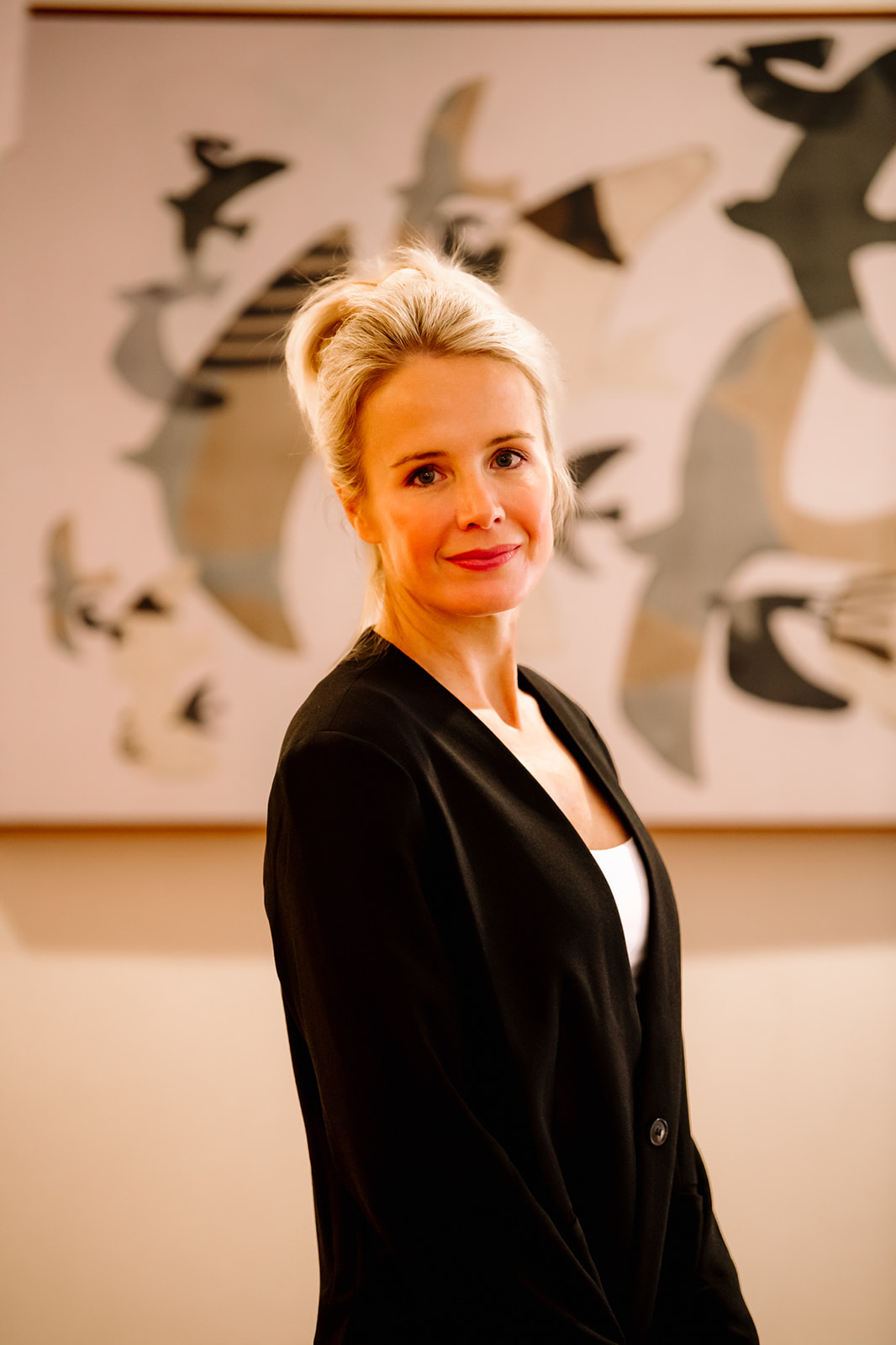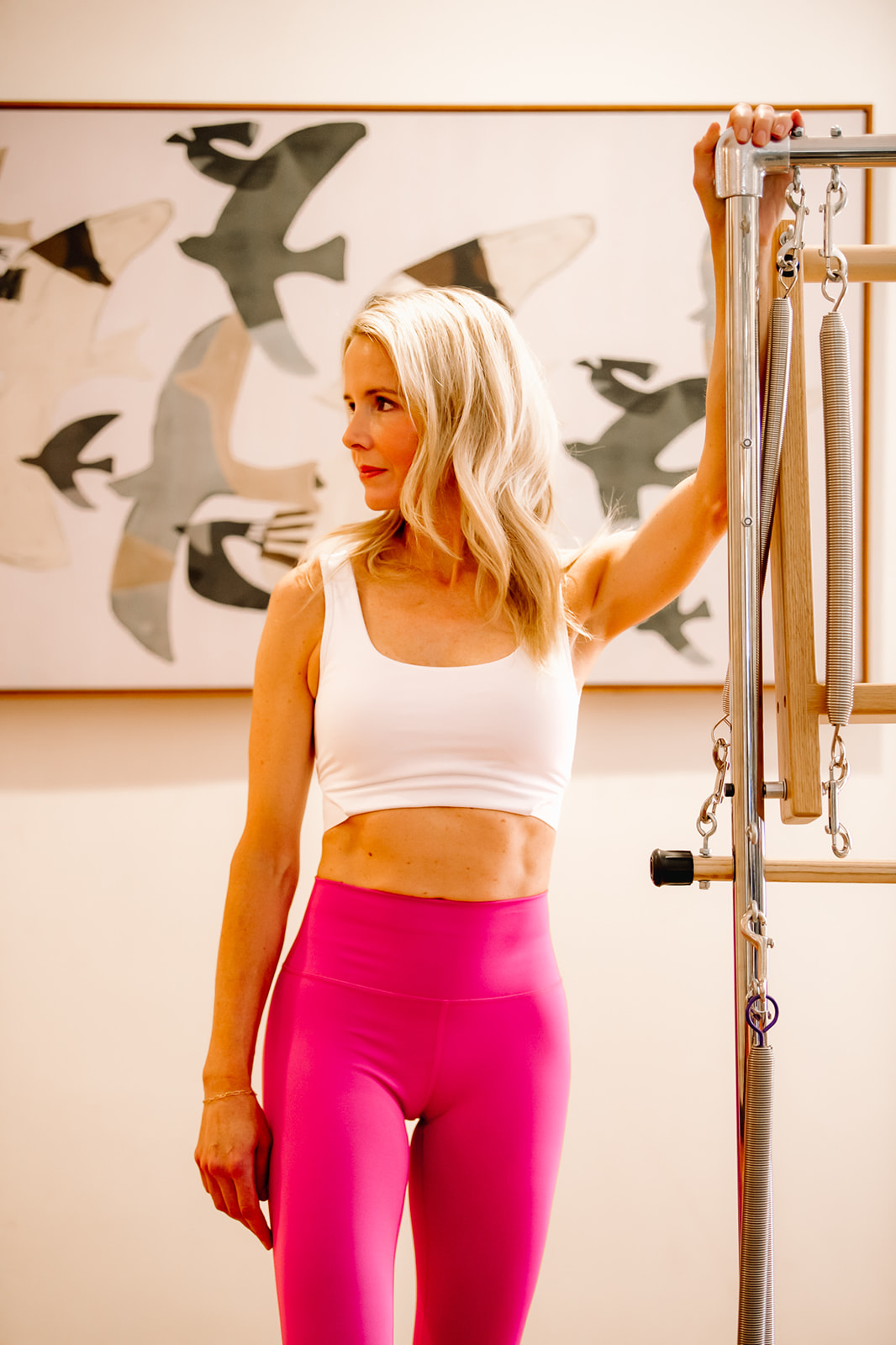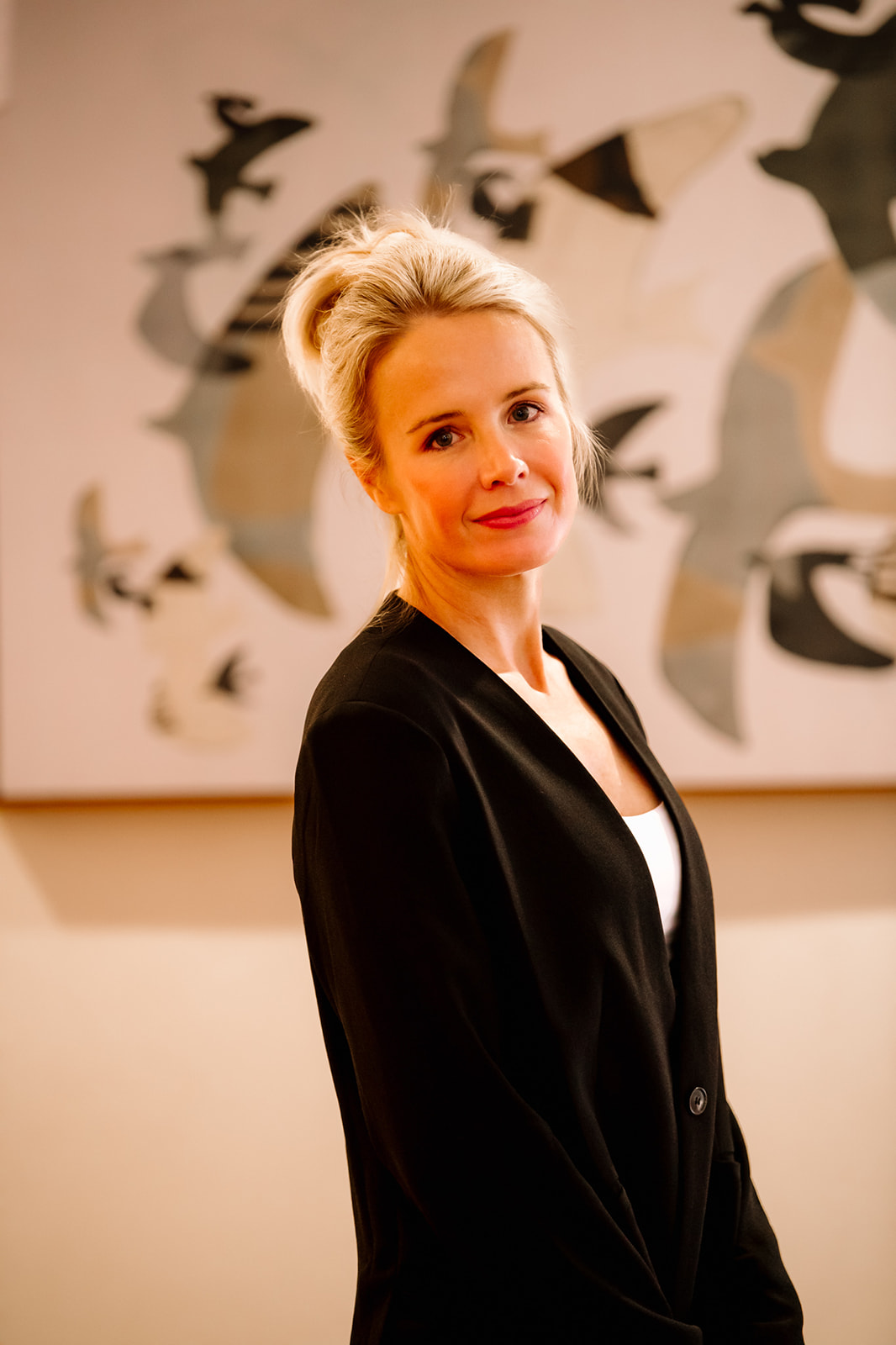Building a Studio That Lasts: Reflections from Year Six
Why studio partnerships require structure, humility, and a whole lot more than good intentions.
Six years ago, we opened the doors to our Pilates studio with a shared dream: to create something rooted in movement, integrity, and longevity. Something we could be proud of. Something worth something.
But here’s what no one tells you when you go into business with people you care about:
A partnership is a lot like a marriage. If one person stops showing up, the relationship gets wobbly. If no one takes ownership of the messy stuff...the finances, the follow-through, the hard conversations...the foundation cracks.
You can talk about the vision all day long, but eventually, the question becomes:
Are we just saying the words, or are we actually living them?
I want to say clearly...I’m proud of our partnership and what we’ve built. And because I value it so much, I will always ask questions.
Everyone Has a Role—This Isn’t a Free-for-All
Running a studio is a group effort, but it only works when roles are clearly defined and respected. It’s less like a group project and more like a family tree. Everyone has a lane. Everyone contributes. All egos left at the door.
When people stay in their lane and support the larger flow of the business, the studio thrives. But when individuals begin to focus only on what serves them, opting out of shared responsibility, the business starts to feel it.
Clients fall through the cracks.
The same people are always cleaning, troubleshooting, filling the schedule.
Revenue takes a hit. Energy shifts. And slowly, one or two people... usually the ones still all in...end up holding more than their share.
There’s a surprising truth here: the more owners there are, the more likely it is that nothing gets done. It’s called the diffusion of responsibility. Like the bystander effect—when everyone thinks someone else will take care of it, the work often goes undone.
Unless roles are claimed intentionally, things slip.
Let’s also be honest: the fitness world is full of big egos. We all have to keep ours in check and be willing to listen. (Fun fact: silent and listen are made of the same letters.)
The Shift: When Priorities Naturally Change
This can be a tender subject, but it’s real. Over time, people grow and stretch into new interests. They find creative energy in other projects or platforms. That’s not bad—it’s natural.
I’ve built my own Instagram presence, launched a membership, and collaborated with brands I believe in. I love doing that work.
I've always been intentional about drawing a clear line between my personal brand and our shared business. I don’t use studio time or resources to build my own platform, and I don’t promote my personal content under the studio name. I still show up—fully—for the business I helped build, because I want it to thrive just as much today as I did on day one.
Why? Because if I were in my partners’ shoes, watching me pour time and energy into something separate during studio hours, I might wonder, “Why not invest that same energy into what we’re building together?”
I never want my partners to feel taken for granted or sidelined. Respect, clarity, and fairness matter deeply to me.
And if you're in a similar position, here’s a gentle check-in:
Are you still contributing to the business that supports you?
Have any shared responsibilities unintentionally slipped?
Would you expect your partner to carry what you’ve set down?
You can grow something of your own and still nurture what you built with others.
It just takes honesty, boundaries, focused work, and clarity.
Structure and Budget Create Sustainability
We don’t run our studio like a hobby...we run it like a business.
That means:
- We operate with a budget and capital plan
- Clients aren’t absorbed by owners when teachers leave
- Equipment and rooms don’t sit idle
- Revenue is shared fairly with subs when people are out
- We understand not just our slice of the pie—but the whole
A business only grows when it’s treated like one. Structure isn’t just helpful—it’s necessary.
You Can’t Take More If You’re Not Building More
This is the part many avoid, but it’s the truth:
If owners want to take more from the business...but they’re not helping generate non-owner revenue (through clients, consults, or coverage)—then someone will have to pay in more.
It’s one or the other:
Focus on yourself and pay more in,
or
Build a bigger pie and pay in less.
No shame. No blame. Just math.
Leading Smarter, Not Harder
At this stage in my career, I don’t want to hustle harder. I want to lead smarter.
Two principles that guide me:
- The 80/20 rule: 80% of results come from 20% of actions. Focus on what actually moves the needle.
- The One Thing question: What’s the one thing I can do right now that will make everything else easier or unnecessary?
These help me stay focused—on the work that matters for the business, the team, and myself.
So… Is It Still Working?
At six years in, I ask these questions not because something is wrong, but because I care.
Are we still rowing in the same direction?
Are we each contributing in a way that supports the whole?
Are we still building something we’d be proud to pass on or sell someday?
If you’re a studio owner or thinking of becoming one, ask yourself the same.
It’s never too early...or too late...to reset.
Define the roles. Revisit the vision. Protect the budget.
Communicate. Delegate. Lead.
Because when a partnership works, it’s magic.
But magic doesn’t run a business.
What runs a business is contribution, clarity, and consistency.
And the question I keep returning to is this:
What’s the one thing I can do today to make the business stronger tomorrow?
That’s where I start.




